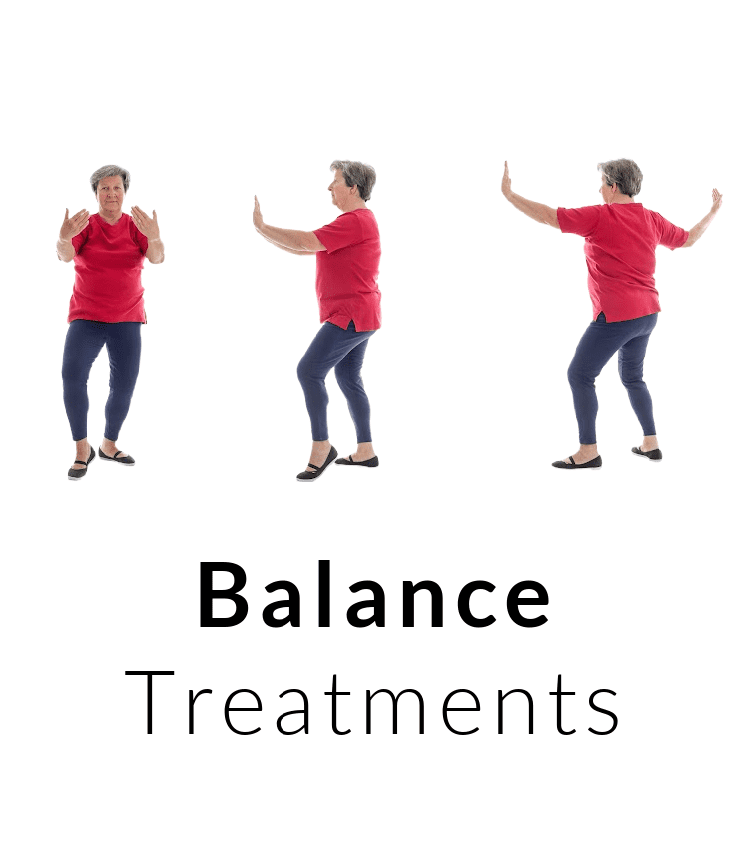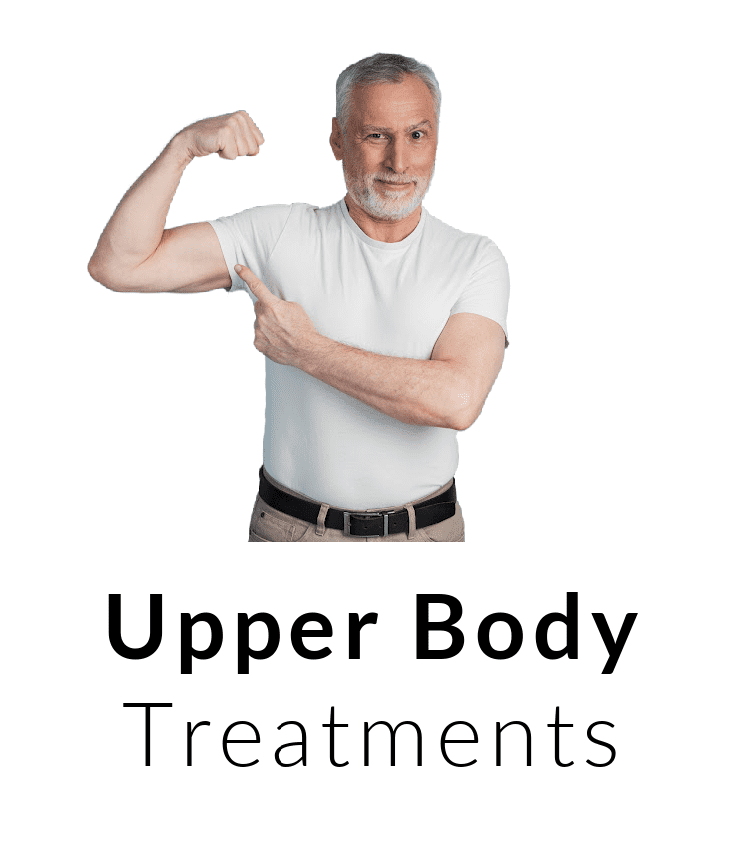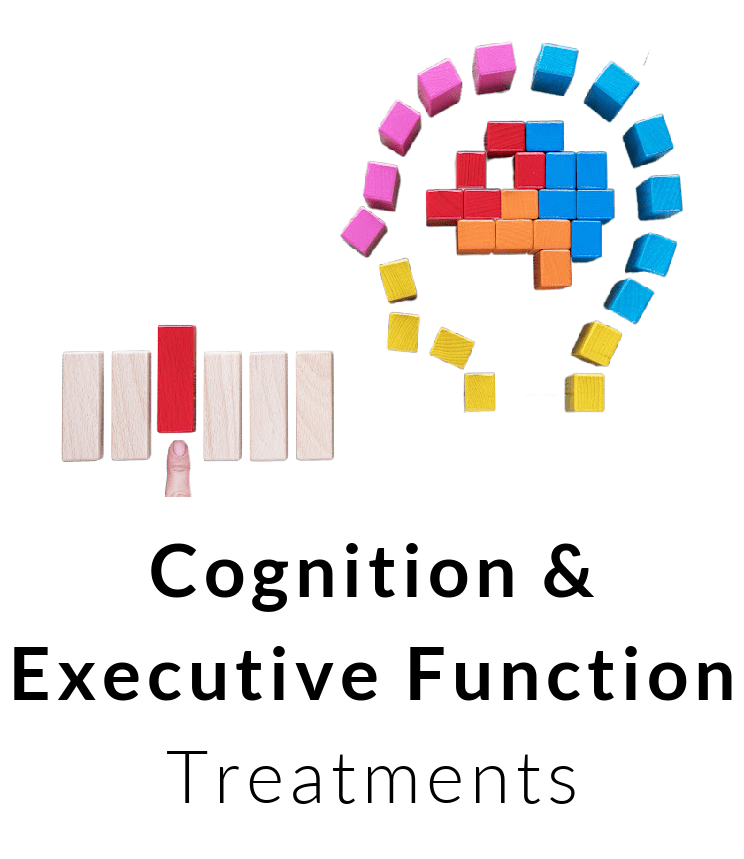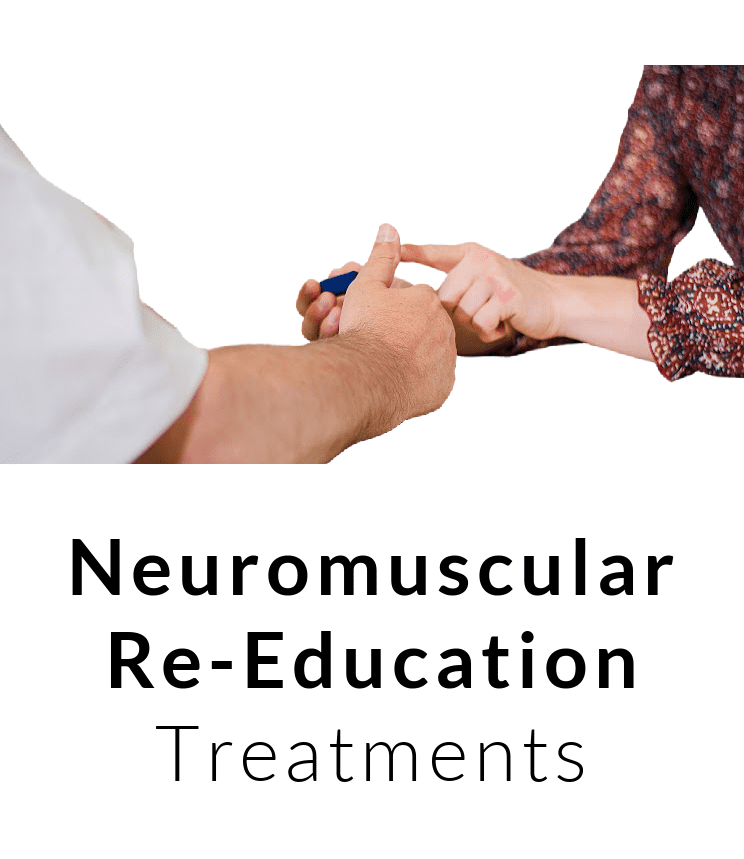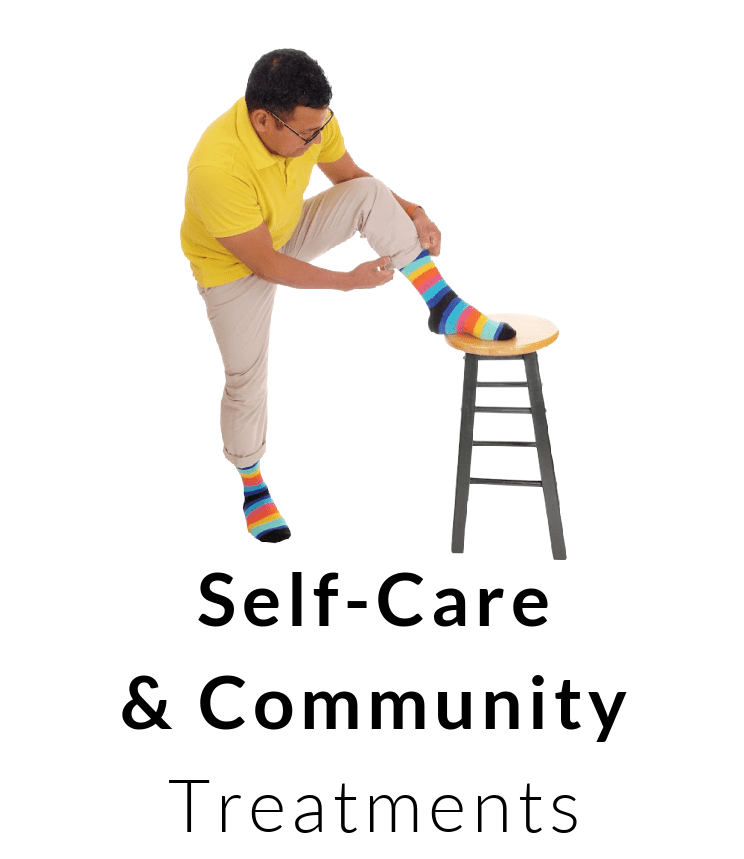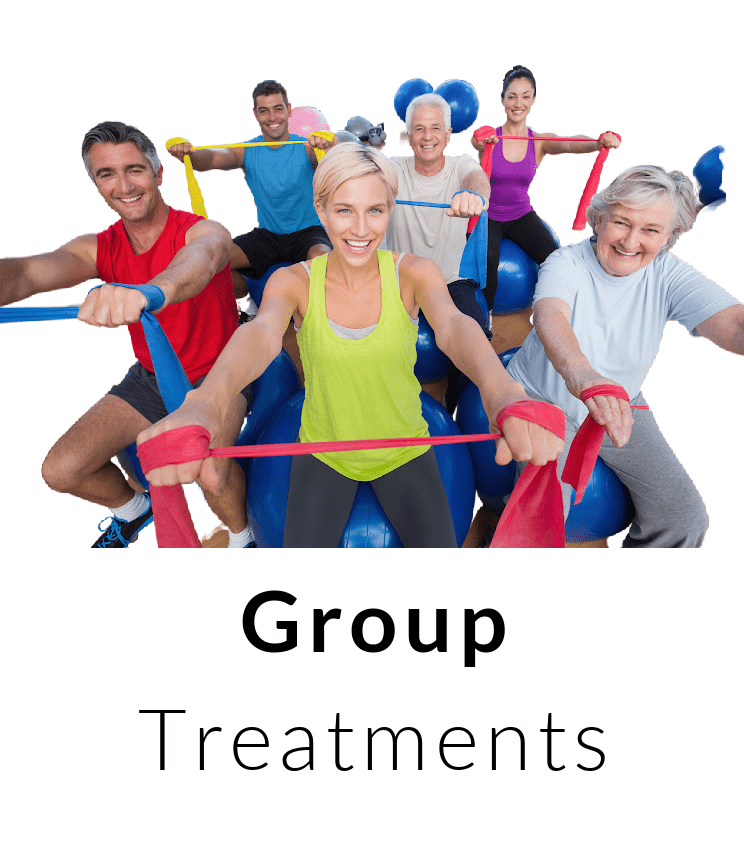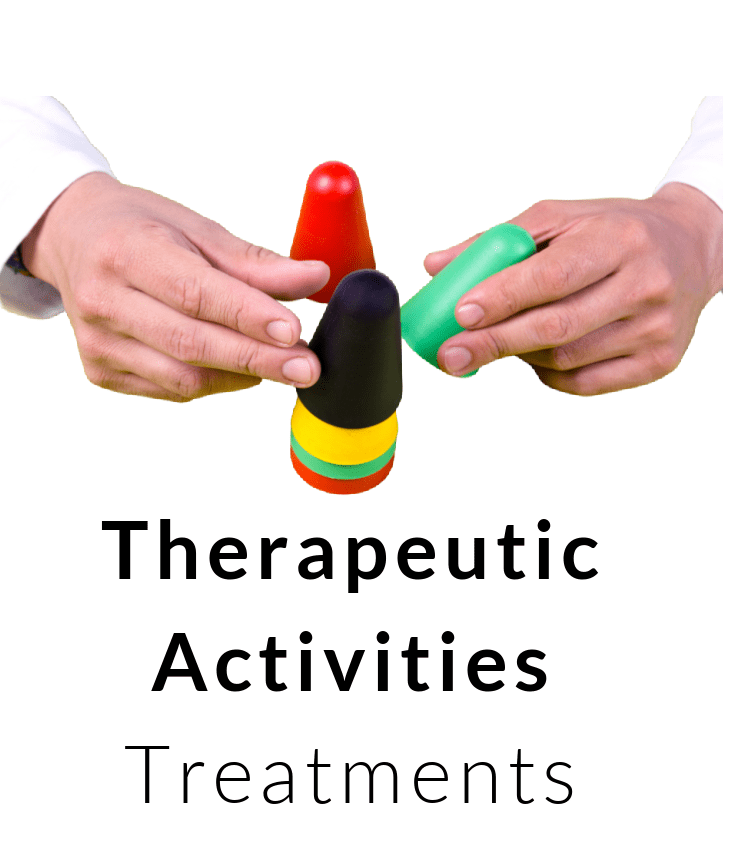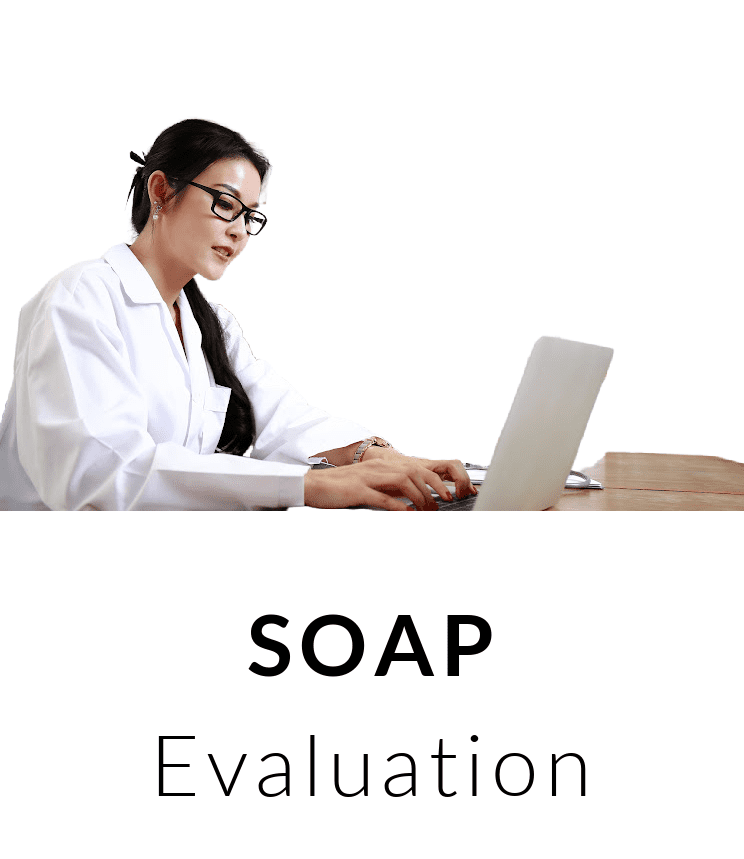
Occupational Therapy Treatment Ideas for Working with Adults
Occupational Therapy Interventions by Category
Stop feeling insecure and lost.
Don't wait for BURNOUT to consume your life because there just isn't enough time to search for evidence-based occupational therapy resources and training for daily clinical treatments.
Join the BOT Portal for occupational therapy resources and receive 24/7 access to the highest quality resources designed by an experienced therapist speciically for busy, motivated, and passionate therapists and therapy assistants.
Review Balance Treatments
Functional Reach Test and Training
Activity:
- Have the client stand and reach forward as far as possible without moving their feet. Measure the distance they can reach.
- Use this test as both an assessment and a training activity. Gradually increase the distance and complexity by introducing targets at different heights and directions (forward, sideways, and backward).
Rationale:
- This activity improves dynamic balance and reaches, which are essential for daily tasks such as reaching for items on shelves or countertops. By progressively challenging the client’s reach, you can enhance their stability and confidence in performing similar tasks.
Obstacle Course Navigation
Activity:
- Set up an obstacle course that includes walking over uneven surfaces, stepping over objects, and weaving around cones.
- Incorporate tasks like carrying a tray, balancing an object, or completing a cognitive task (e.g., naming objects or counting backward).
Rationale:
- Navigating an obstacle course mimics real-life situations where individuals must maintain balance while maneuvering around obstacles. This activity enhances proprioception, coordination, and dynamic balance, all critical for safe mobility and occupational performance.
Therapeutic Ball Exercises
Activity:
- Use a large stability ball for seated balance exercises. Have the client sit on the ball with feet flat on the floor and perform activities like shifting weight from side to side, lifting one foot off the ground, or reaching out to touch objects placed at various heights.
- Progress to more challenging exercises, such as bouncing lightly on the ball or performing upper body movements like arm raises while maintaining balance.
Rationale:
- Stability ball exercises enhance core strength, balance, and coordination. Strengthening the core is vital for maintaining balance during functional activities, such as sitting, standing, and moving from one position to another.
Dual-Task Balance Training
Activity:
- Engage the client in balance exercises while performing a cognitive task. For example, have the client stand on one leg or walk heel-to-toe while counting backward, reciting the alphabet, or solving simple math problems.
Rationale:
- Dual-task training improves the ability to maintain balance while focusing on another task, which is crucial for activities like walking and talking, carrying groceries while navigating a busy street, or multitasking at work. This type of training enhances cognitive-motor integration and overall functional performance.
Review Lower Body Treatments
Sit-to-Stand Exercises
Activity:
- Have the client sit in a chair with their feet flat on the floor and their arms crossed over their chest.
- Instruct the client to stand up without using their hands for support, then slowly sit back down.
- Perform multiple repetitions, gradually increasing the number as the client’s strength improves.
Rationale:
- This exercise strengthens the quadriceps, hamstrings, glutes, and core muscles, which are essential for performing daily activities such as standing up from a chair, getting out of bed, and transferring from one surface to another.
Step-Ups
Activity:
- Use a step or a low platform. Have the client step up onto the platform with one foot, then bring the other foot up to join it. Step down one foot at a time.
- Alternate the leading foot and increase the height of the step as the client becomes more confident and stronger.
Rationale:
- Step-ups target the quadriceps, hamstrings, glutes, and calves. They improve leg strength, balance, and coordination, which are necessary for tasks like climbing stairs, navigating curbs, and performing various household activities.
Heel and Toe Raises
Activity:
- Have the client stand holding onto a stable surface for support, such as a countertop or back of a chair.
- Instruct the client to rise up onto their toes and hold the position for a few seconds, then slowly lower back down. Next, have them rock back onto their heels, lifting the toes off the ground, and hold before lowering back down.
- Perform multiple repetitions of each movement.
Rationale:
- Heel and toe raises strengthen the calf muscles (gastrocnemius and soleus) and the muscles in the front of the lower leg (tibialis anterior). These exercises enhance balance and ankle stability, important for walking, standing, and transitioning between different positions.
Bridging
Activity:
- Have the client lie on their back with their knees bent and feet flat on the floor, hip-width apart.
- Instruct them to lift their hips towards the ceiling, squeezing their glutes, and hold for a few seconds before lowering back down.
- Perform multiple repetitions, gradually increasing the hold time as the client’s strength improves.
Rationale:
- Bridging exercises target the glutes, hamstrings, lower back, and core muscles. They improve hip stability and strength, which are critical for movements such as standing, walking, and maintaining an upright posture during daily activities.
Resistance Band Exercises
Activity:
- Use resistance bands to perform a variety of lower body exercises. Examples include:
- Leg Presses: The client sits or lies down, with the resistance band looped around their feet, and pushes their feet away from their body.
- Side Leg Raises: The client stands or lies on their side with the resistance band around their ankles, lifting one leg out to the side against the band’s resistance.
- Hip Abduction/Adduction: The client stands with the resistance band around their thighs, moving their legs apart and then back together.
Rationale:
- Resistance band exercises strengthen the lower body muscles, including the quadriceps, hamstrings, glutes, hip abductors, and adductors. They also enhance joint stability and flexibility, which are essential for maintaining balance, mobility, and performing various functional tasks.
Review Upper Body Treatments
Therapeutic Exercise: Shoulder Flexion and Extension
Activity:
- Shoulder Flexion: The client stands or sits with arms at their sides, lifting their arms forward and up overhead, then lowering them back down.
- Shoulder Extension: The client moves their arms backward as far as comfortable and then returns to the starting position.
Rationale and Activity Analysis:
- Relevance to Occupation: These exercises are crucial for occupations that require reaching and lifting, such as a teacher reaching for supplies on a high shelf, or a caregiver lifting and transferring patients. Improving shoulder mobility and strength directly translates to better performance and reduced risk of injury in these tasks.
- Occupational Performance: Enhanced range of motion and strength in the shoulders enable more efficient and safer execution of daily tasks involving overhead activities.
Therapeutic Exercise: Wall Push-Ups
Activity:
- The client stands facing a wall, with feet about a foot away from the wall. They place their hands on the wall at shoulder height and shoulder-width apart. The client bends their elbows and leans toward the wall, then pushes back to the starting position.
Rationale and Activity Analysis:
- Relevance to Occupation: Wall push-ups are important for occupations requiring upper body strength and stability, such as a chef who needs to handle heavy pots and pans or a construction worker who needs to push and pull materials. Strengthening the chest, shoulders, and triceps enhances the ability to perform these actions safely and effectively.
- Occupational Performance: Increased upper body strength and endurance allow for improved handling of heavy objects and materials, reducing fatigue and improving job performance.
Therapeutic Exercise: Resistance Band Rows
Activity:
- The client sits or stands with a resistance band anchored in front. They pull the band toward their chest, squeezing their shoulder blades together, then slowly release.
Rationale and Activity Analysis:
- Relevance to Occupation: This exercise is beneficial for occupations that involve pulling and lifting, such as a warehouse worker moving inventory or a gardener pulling weeds. Strengthening the back and shoulders improves posture and reduces the risk of musculoskeletal injuries.
- Occupational Performance: Improved back and shoulder strength enhances the ability to perform pulling and lifting tasks with greater ease and less strain, supporting sustained occupational engagement.
Therapeutic Exercise: Hand and Wrist Strengthening
Activity:
- Grip Strengthening: The client squeezes a therapy putty or stress ball repeatedly.
- Wrist Flexion and Extension: The client holds a light dumbbell or a can, bending their wrist up and down, keeping the forearm supported on a table.
Rationale and Activity Analysis:
- Relevance to Occupation: These exercises are essential for occupations that require fine motor skills and strong handgrip, such as a tailor using scissors and needles or an office worker typing and handling documents. Strengthening the hands and wrists improves precision and endurance in these tasks.
- Occupational Performance: Enhanced hand and wrist strength and flexibility enable better performance of fine motor tasks, improving efficiency and reducing the risk of repetitive strain injuries.
Therapeutic Exercise: Scapular Retraction
Activity:
- The client sits or stands and performs scapular retraction by squeezing the shoulder blades together and holding for a few seconds before releasing.
Rationale and Activity Analysis:
- Relevance to Occupation: Scapular retraction is vital for occupations requiring prolonged sitting and good posture, such as a dentist working over patients or a musician playing an instrument. Strengthening the muscles between the shoulder blades supports proper posture and reduces back and shoulder pain.
- Occupational Performance: Improved scapular strength and stability contribute to better posture, reducing fatigue and discomfort during prolonged tasks, thereby enhancing occupational performance.
Review Cognition Treatments
Therapeutic Exercise: Memory Recall Tasks
Activity:
- Task: The client is given a list of items (e.g., grocery list) to memorize within a limited time. After a brief distraction period, they are asked to recall as many items as possible.
Rationale and Activity Analysis:
- Relevance to Occupation: Memory recall is crucial for occupations that require retaining and recalling information, such as a nurse remembering patient details or a manager recalling project deadlines. Strengthening memory helps improve job efficiency and accuracy.
- Occupational Performance: Enhanced memory recall enables better handling of work tasks, leading to improved productivity and reduced errors.
Therapeutic Exercise: Attention and Focus Drills
Activity:
- Task: The client engages in activities like sorting cards by suit and color while being exposed to various distractions (e.g., background noise, conversation).
Rationale and Activity Analysis:
- Relevance to Occupation: Attention and focus are vital for occupations that require sustained concentration amidst distractions, such as an air traffic controller or a teacher managing a classroom. Improving attention helps maintain high performance and safety standards.
- Occupational Performance: Improved focus and attention reduce the likelihood of errors and enhance the ability to complete tasks efficiently, even in distracting environments.
Therapeutic Exercise: Problem-Solving Puzzles
Activity:
- Task: The client works on solving puzzles such as Sudoku, crosswords, or jigsaw puzzles. These activities require logical thinking and strategy development.
Rationale and Activity Analysis:
- Relevance to Occupation: Problem-solving skills are essential for occupations that involve troubleshooting and critical thinking, such as an IT specialist diagnosing network issues or an engineer designing solutions. Strengthening these skills leads to better decision-making and innovative solutions.
- Occupational Performance: Enhanced problem-solving abilities improve the capacity to tackle complex tasks and find effective solutions, thereby boosting job performance and satisfaction.
Therapeutic Exercise: Decision-Making Scenarios
Activity:
- Task: Present the client with realistic scenarios where they must make decisions based on given information (e.g., choosing the best supplier for a project based on cost, quality, and delivery time).
Rationale and Activity Analysis:
- Relevance to Occupation: Decision-making is critical for roles that require evaluating options and making informed choices, such as a business executive or a project manager. Improving decision-making skills enhances the ability to make quick, accurate, and beneficial decisions.
- Occupational Performance: Better decision-making skills lead to more efficient and effective management of work tasks and resources, contributing to overall job success.
Therapeutic Exercise: Executive Functioning Tasks
Activity:
- Task: The client engages in activities that require planning, organizing, and executing a sequence of steps, such as planning a small event or organizing a workspace.
Rationale and Activity Analysis:
- Relevance to Occupation: Executive functioning skills are crucial for occupations that require organizing tasks, setting goals, and executing plans, such as an event planner or an administrative assistant. Enhancing these skills leads to better time management and task coordination.
- Occupational Performance: Improved executive functioning enhances the ability to manage multiple tasks, prioritize effectively, and achieve goals efficiently, leading to higher productivity and job satisfaction.
Review NMRE Treatments
Mirror Therapy
Activity:
- Task: The client performs movements with the unaffected limb while watching the reflection in a mirror, creating the illusion that the affected limb is moving. This can include hand and finger movements, wrist flexion and extension, or even gross motor movements like reaching.
Rationale and Activity Analysis:
- Relevance to Occupation: Mirror therapy is beneficial for occupations that require fine motor skills and coordination, such as a pianist or a typist. It helps rewire the brain to improve movement in the affected limb.
- Occupational Performance: Improved motor control and coordination lead to better performance in tasks requiring precision and dexterity, enhancing overall job effectiveness and efficiency.
Proprioceptive Neuromuscular Facilitation (PNF) Patterns
Activity:
- Task: The client performs diagonal and rotational movements that mimic daily functional activities, such as reaching across the body to pick up an object or lifting an item overhead while rotating the torso.
Rationale and Activity Analysis:
- Relevance to Occupation: PNF patterns are essential for activities that involve complex, multi-directional movements, such as a carpenter using tools or a healthcare worker assisting patients. These exercises enhance the body’s ability to perform coordinated, functional movements.
- Occupational Performance: Improved neuromuscular control and coordination enable more efficient and safe execution of complex tasks, reducing the risk of injury and enhancing productivity.
Task-Oriented Training
Activity:
- Task: The client practices specific functional tasks that are challenging, such as reaching for objects, grasping and lifting items of varying weights, or transitioning from sitting to standing.
Rationale and Activity Analysis:
- Relevance to Occupation: Task-oriented training is directly applicable to everyday activities and occupations, such as a cashier handling goods or a nurse lifting equipment. It focuses on improving the specific movements and skills needed for those tasks.
- Occupational Performance: Enhanced functional movement patterns and strength improve the client’s ability to perform job-related tasks more effectively and with greater confidence.
Weight Bearing and Balance Activities
Activity:
- Task: The client performs weight-bearing activities, such as standing on a balance board, practicing single-leg stands, or using a wobble cushion while performing upper body tasks like reaching or lifting.
Rationale and Activity Analysis:
- Relevance to Occupation: Weight-bearing and balance activities are crucial for roles that require standing, walking, and stability, such as a chef working in a kitchen or a retail worker managing inventory. These exercises enhance stability, proprioception, and balance.
- Occupational Performance: Improved balance and stability reduce the risk of falls and increase confidence in performing tasks that require standing or walking, leading to greater occupational engagement and safety.
Functional Electrical Stimulation (FES)
Activity:
- Task: The client uses FES devices on specific muscle groups to stimulate muscle contractions while performing functional tasks, such as grasping objects, lifting weights, or walking.
Rationale and Activity Analysis:
- Relevance to Occupation: FES is beneficial for re-educating muscles and improving motor function in occupations that require repetitive and precise movements, such as an assembly line worker or a painter. It helps strengthen weak muscles and improve coordination.
- Occupational Performance: Enhanced muscle strength and coordination improve the ability to perform repetitive tasks with greater accuracy and endurance, enhancing job performance and reducing fatigue.
Review Self-Care Treatments
Therapeutic Exercise: Dressing Practice
Activity:
- Task: The client practices dressing tasks, such as putting on and taking off a shirt, pants, socks, and shoes. Adaptive equipment, like button hooks or elastic shoelaces, can be used if needed.
Rationale and Activity Analysis:
- Relevance to Occupation: Dressing is a fundamental self-care activity that impacts daily living and social participation. Improving the ability to dress independently enhances self-esteem and autonomy.
- Occupational Performance: Enhanced fine motor skills, coordination, and flexibility improve the ability to manage clothing, leading to increased independence in dressing and reduced reliance on caregivers.
Therapeutic Exercise: Meal Preparation
Activity:
- Task: The client engages in meal preparation activities, such as chopping vegetables, stirring ingredients, and using kitchen appliances. This can be broken down into smaller steps to match the client’s abilities.
Rationale and Activity Analysis:
- Relevance to Occupation: Meal preparation is an essential IADL that affects nutritional health and quality of life. Skills developed through this activity are critical for maintaining independence.
- Occupational Performance: Improved hand-eye coordination, fine motor skills, and cognitive planning enhance the client’s ability to prepare meals safely and efficiently, promoting independence and healthy eating habits.
Therapeutic Exercise: Laundry Tasks
Activity:
- Task: The client practices sorting clothes by color, loading and unloading a washing machine and dryer, folding clothes, and putting them away. The task can be modified for different levels of difficulty.
Rationale and Activity Analysis:
- Relevance to Occupation: Laundry is a common household chore that impacts personal hygiene and household management. Being able to perform laundry tasks independently enhances the client’s ability to maintain a clean and organized living environment.
- Occupational Performance: Enhanced upper body strength, coordination, and problem-solving skills improve the ability to manage laundry tasks, leading to greater independence and efficiency in household management.
Therapeutic Exercise: Medication Management
Activity:
- Task: The client practices sorting medications into a pill organizer, reading and following prescription labels, and setting reminders for medication times. Use of adaptive devices, like pill splitters or talking pill bottles, can be incorporated.
Rationale and Activity Analysis:
- Relevance to Occupation: Medication management is a critical IADL for maintaining health and managing chronic conditions. Effective medication management prevents health complications and ensures compliance with treatment plans.
- Occupational Performance: Improved cognitive skills, such as attention to detail, memory, and organization, enhance the client’s ability to manage medications independently, promoting better health outcomes and self-sufficiency.
Therapeutic Exercise: Financial Management
Activity:
- Task: The client practices financial management tasks, such as budgeting, paying bills, balancing a checkbook, and using online banking services. This can include role-playing scenarios to simulate real-life financial decisions.
Rationale and Activity Analysis:
- Relevance to Occupation: Financial management is an essential IADL for maintaining independence and managing resources. Effective financial management supports overall well-being and reduces stress related to financial insecurity.
- Occupational Performance: Enhanced cognitive skills, such as problem-solving, planning, and numerical reasoning, improve the client’s ability to manage finances independently, promoting financial stability and independence.
Review Dual Tasking Treatments
Walking While Counting
Activity:
- Task: The client walks in a straight line while counting backward from 100 by 7s. To increase difficulty, the therapist can add obstacles or change the walking path (e.g., zigzag, circles).
Rationale and Activity Analysis:
- Relevance to Occupation: Many occupations require walking while performing cognitive tasks, such as a nurse walking through a hospital while thinking about patient care or a server in a restaurant carrying orders while remembering table numbers.
- Occupational Performance: Improved cognitive flexibility, divided attention, and balance enhance the ability to manage tasks that involve simultaneous walking and thinking, leading to better multitasking abilities in daily activities.
Sorting Objects While Standing on an Unstable Surface
Activity:
- Task: The client stands on a balance board or foam pad and sorts objects (e.g., different colored balls or blocks) into containers based on specific criteria (e.g., color, shape).
Rationale and Activity Analysis:
- Relevance to Occupation: This exercise mimics real-life scenarios where individuals need to maintain balance while sorting or organizing items, such as a warehouse worker organizing inventory or a teacher sorting classroom supplies.
- Occupational Performance: Enhanced balance, coordination, and cognitive processing improve the ability to maintain stability while performing sorting tasks, reducing the risk of falls and improving efficiency.
Carrying Objects While Solving Math Problems
Activity:
- Task: The client carries objects (e.g., lightweights, books) from one location to another while solving simple math problems (e.g., addition, subtraction) given by the therapist.
Rationale and Activity Analysis:
- Relevance to Occupation: Many jobs require carrying objects while engaging in cognitive tasks, such as a librarian shelving books while organizing by the Dewey Decimal System or a parent carrying groceries while planning meals.
- Occupational Performance: Improved working memory, problem-solving, and physical strength enhance the ability to manage dual tasks effectively, leading to better performance in activities that require carrying and thinking simultaneously.
Typing or Writing While Listening to and Recalling Instructions
Activity:
- Task: The client types or writes a given passage while listening to a set of verbal instructions. After completing the writing task, the client must recall and perform the instructions.
Rationale and Activity Analysis:
- Relevance to Occupation: This exercise is relevant for administrative roles that require typing or writing while listening to instructions, such as a secretary taking notes during a meeting or a journalist reporting on an event.
- Occupational Performance: Enhanced auditory processing, memory, and fine motor skills improve the ability to manage tasks that involve writing or typing while simultaneously processing and recalling auditory information.
Cooking While Engaging in Conversation
Activity:
- Task: The client prepares a simple meal (e.g., making a sandwich, stirring a pot) while engaging in a conversation with the therapist about a specific topic (e.g., discussing plans for the day, recounting a story).
Rationale and Activity Analysis:
- Relevance to Occupation: Many daily activities involve cooking while talking, such as a chef in a busy kitchen or a parent preparing dinner while interacting with family members.
- Occupational Performance: Improved cognitive flexibility, social interaction, and fine motor skills enhance the ability to manage cooking tasks while engaging in conversation, leading to better multitasking abilities in both professional and home environments.
Other Resources:
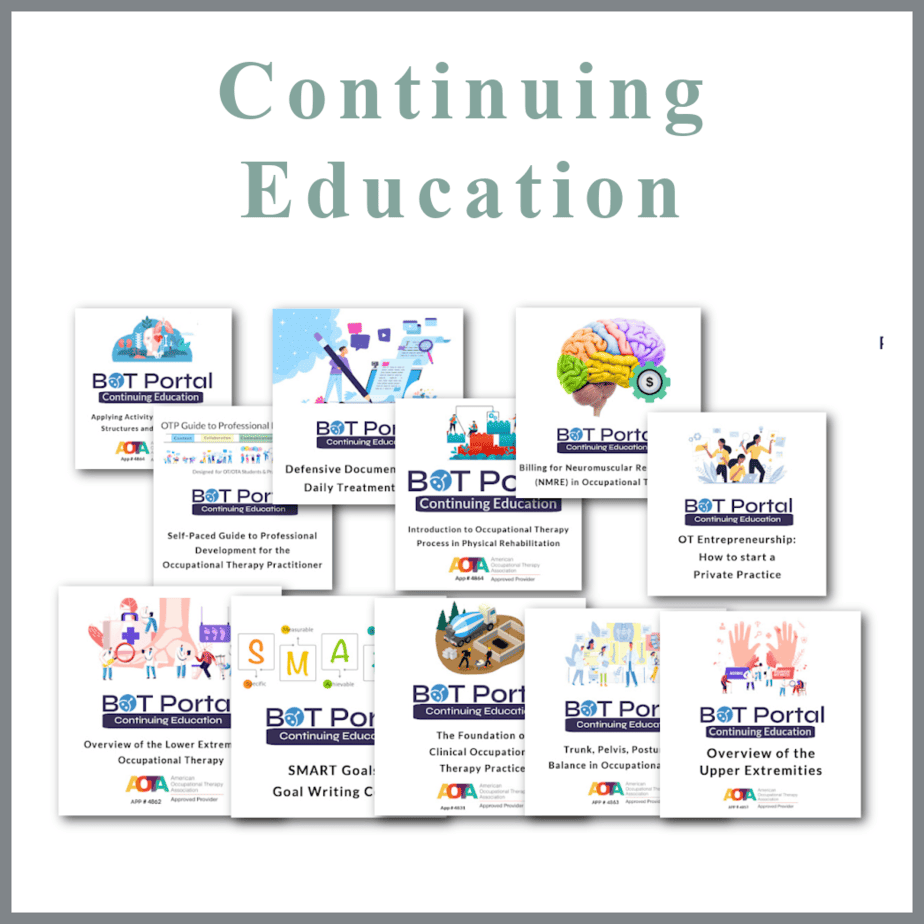



Membership Perks
Two Membership Options!
Your investment gives you resources to save you stress, self-doubt, and burnout as you become a confident and competent practitioner who can stand up for your professional point of view and scope of practice.


